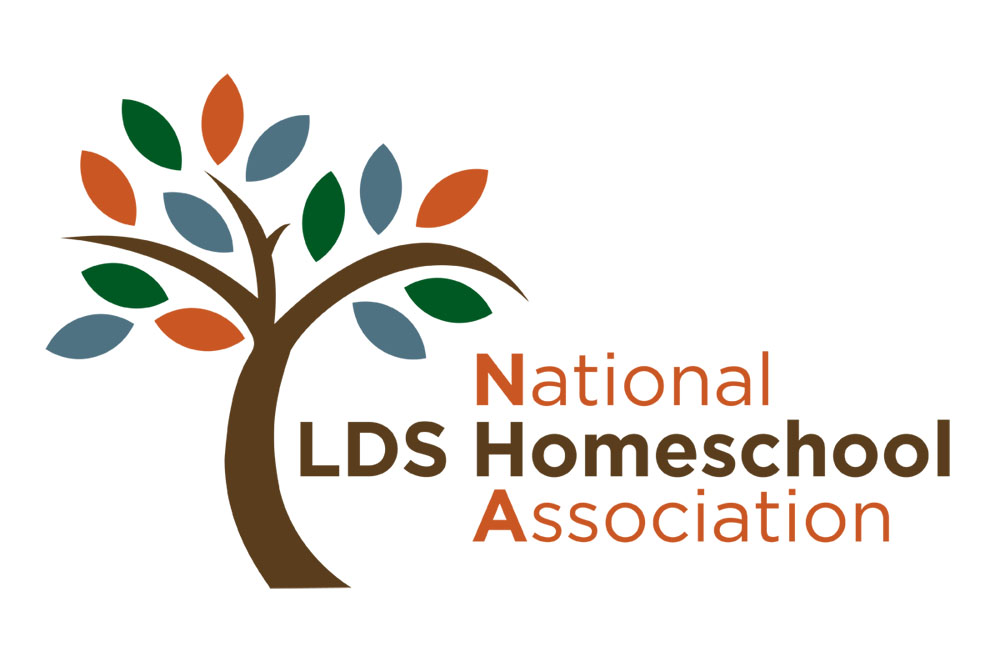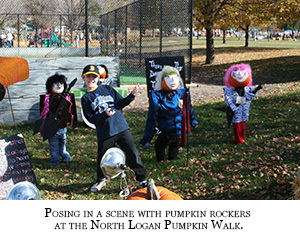As a person who strongly prefers stories, especially epics, in their original literary form to the abridged and often altered form in film, I still have to admit that I like many of the film versions as well. Why? It’s because of the music.
I am an avid collector of movie soundtracks. From the moving and melodic piano masterpieces of the 2005 release of “Pride and Prejudice,” written by Dario Marianelli, to pretty much anything Patrick Doyle writes for motion picture soundtracks (“Henry V” and “Sense and Sensibility” for starters), to the haunting oboe of Ennico Morricone’s score for “The Mission,” the soundtracks of the lives of movie characters touch me in deep, soulful places I sometimes forget exist. “Movie music” makes up, in part, the soundtrack of my life.
Classical music also has this effect. I remember being enthralled as a child in my elementary school music class when I first heard Camille Saint-Saens’ Danse Macabre. The music teacher coaxed us to mentally visualize mischievous spirits and goblins dancing and leaping about after midnight. The effect was thrilling.
I’ve watched (and listened) in delight as my own children have passionately embraced music. I have yet to see them reject any musical genre. They appreciate the drama and variety of Classical music just as much as any “stick-in-your-head” Rock ‘n’ Roll song. I laughed a long time when, while listening to Saint-Saens’ “The Swan,” my 4-year-old exclaimed, “Oh, pretty! You’re in love!” And then he giggled himself silly.
Classical music should cause a person to think, envision, and feel. As homeschooling parents, we should encourage vivid and creative imagination whilst listening to Classical music. It’s interesting to just play a piece and then ask your kids what the music makes them think or feel.
Perhaps you’re not keen on suspenseful music for your young ones. No worries. Still, Danse Macabre is an amazing piece of music, perfect for Halloween. Whatever your seasonal interpretation, choose some “mood music” this week, and let your children go.
Here is just a sampling of Classical music appropriate to this time of year:
Autumn, Nature, and Thankful Reflections:
- The Four Seasons: “Autumn” by Antonio Vivaldi
- Appalachian Spring: “Simple Gifts” and “Variations on a Shaker Hymn” by Aaron Copland
- “The Storm” from Symphony No. 6 in F (the Pastoral) by Ludwig van Beethoven
- Carnival of the Animals, particularly “The Swan” by Camille Saint-Saens
- Trois Gymnopedies by Erik Satie
Costumes, Parades, and Dress-up Fun:
- Rodeo: “Hoe-Down” by Aaron Copland
- Entrance of the Gladiators by Julius Fucik
- William Tell Overture: “Finale” by Gioacchino Rossini
- The Gypsy Baron: “Einzugsmarsch” by Johann Strauss, Jr.
- The Tale of Tsar Saltan: “The Flight of the Bumble Bee” by Nikolay Rimsky-Korsakov
- “Arrival of the Queen of Sheba” (from Solomon) by George Frederick Handel
Mysterious, Sensational, and Spooky:
- Also sprach Zarathustra (otherwise Zarathustra, or “Sunrise”) by Richard Strauss
- Toccata and Fugue in D Minor by Johann Sebastian Bach
- Night on Bald Mountain by Modest Mussorgsky
- Peer Gynt Suite: “In the Hall of the Mountain King” by Edvard Grieg
- “The Ride of the Valkryies” (from the opera Die Walküre) by Richard Wagner
- Scenes from Swan Lake by Peter Illyich Tchaikovsky
Additionally, I recommend the music of George Winston. Though considered “New Age,” not Classical, his solo piano works are especially nice this time of year. The seasons themselves were Winston’s early inspiration for much of the music he’s written. Pieces such as “Colors/Dance,” “Living in the Country,” and “The Snowman’s Music Box Dance” lend themselves to visions of happy family fall outings. George Winston also plays the music of Vince Guaraldi (composer of the Charlie Brown soundtracks). No autumn atmosphere is complete without such familiar greats as “Linus and Lucy,” “Treat Street,” and “Cast Your Fate to the Wind.”
Whether your children sketch, paint, dance, act, or meditate to the compositions, add a little “mood music” to your fall festivities.


